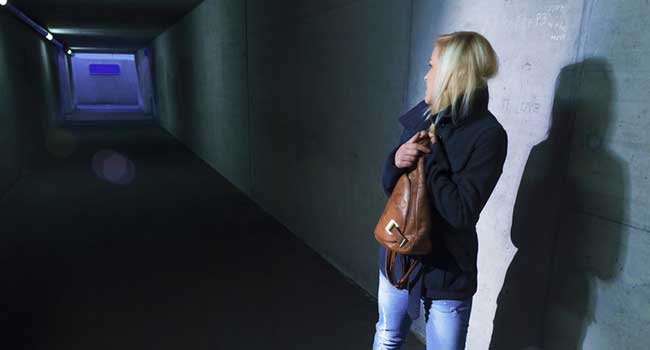
Bolstering Personal Security on the Go
Devices and applications to help keep you protected while mobile.
- By Sydny Shepard
- Jul 26, 2018
New security measures are being added to buildings, campuses, facilities and city infrastructures all around the country, helping to ease some concern when it comes to personal security. Sometimes, however, you want to know you are in control of your own protection.
Security Today has put together a list of personal devices and applications that you can implement in order to bolster personal security.
Your Smartphone
Many of the items listed below take advantage of the fact that many people always have a smartphone on them. Smartphones are the most basic form of personal security as they are able to do so much more than make a phone call in an emergency situation.
If you have an iPhone, you can take advantage of the “Emergency” listing that comes available on your lock screen. When you press the word “Emergency” a white screen comes available and you can make a direct call from your phone without having to unlock it. This is good to know for those who may not have an iPhone but are in a crisis situation where you have found one and need to use it to make a call to an emergency line.
Also located on the Emergency screen is your “Medical ID.” This is extremely helpful to first responders if you are ever in an accident and not able to speak for yourself or give out contact information. If you head to your “Health app” you can fill in important medical information such as name, age, allergies, and emergency contact information.
Take advantage of your smartphones GPS and map functions. If you are using an iPhone, you have the ability to “Send my Location” to someone you trust if you feel like you might be in a dangerous situation.
Occly Blinc
In a small departure from smartphone personal security, I introduce to you the Occly Blinc, a wearable alarm system that allows you to press a button and alert Occly’s team of people or a trusted friend, spouse or parent of an emergency situation. The device has four cameras and a microphone to record events as they happen, arming you with evidence if you are ever in a dangerous situation. The device also features a silent alarm, LED lights, GPS tracking, an impact sensor and many more features.
The Blinc can be clipped to your person or strapped around your arm, giving you a sense of security without the feeling of being weighed down by anything. Take the Blinc with you on your daily commute, to the grocery store or on your jog to bolster personal security and keep in touch with others even if you leave your phone at home.
The Blinc can also be used as a home security device, when placed in HomeWatch, the device uses built in motion and audio detection to activate an alarm. If you are using Occly’s 24/7 emergency response team they will notify first responders for you, if you are using basic settings the Occly will notify your emergency contacts.
Canary Safety Button
Canary is in the business of smart security cameras but has recently included a new safety button feature in its newly updated smartphone application, a feature made possible by its partnership with Noonlight. After user sets up a personal Noonlight account, any time or place when they feel uncomfortable all they have to do is start the app and tap and hold the Safety Button.
As long as the button is held down by the user, nothing happens. Releasing the button starts a 10-second countdown, if the user correctly enters the four-digit passcode, the app returns to normal and nothing happens. If the user is unable to correctly insert the passcode the app sends a distress signal to the closest emergency service dispatcher with the user’s name, identification and location.
According to Canary, the Safety Button app’s location identification is faster and more precise than 911 services. Canary claims Noonlight app determines the precise location with five-meter accuracy within five seconds while average 911 calls determine location within a 50- to 300-meter accuracy and can take more than six minutes.
About the Author
Sydny Shepard is the Executive Editor of Campus Security & Life Safety.